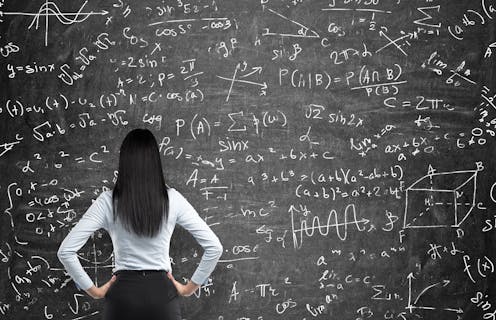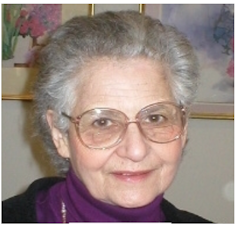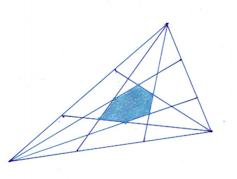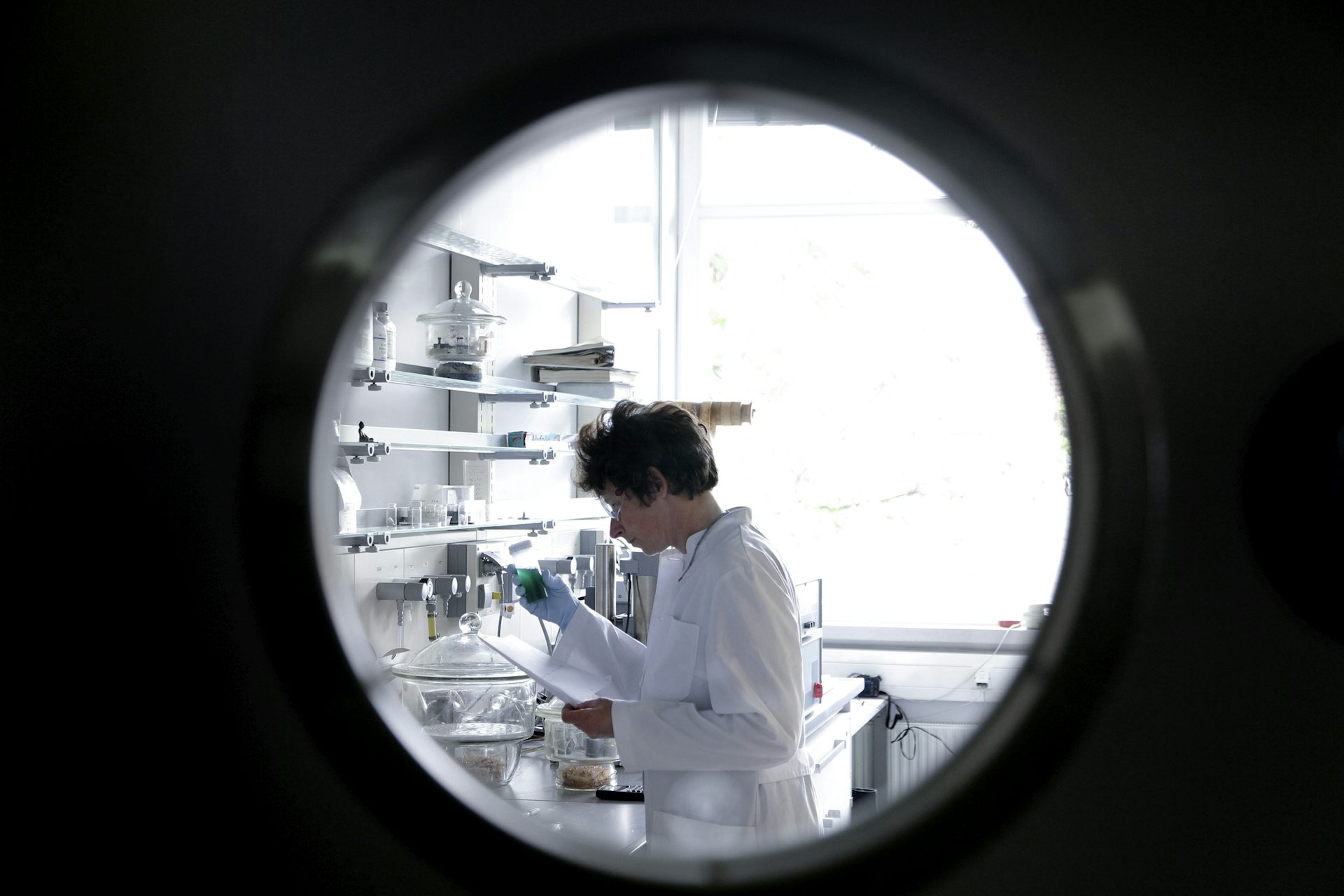Celebrating Marion Walter – and other unsung female mathematicians
Women's History Month is a time to recognize female role models. In mathematics, when we think of powerful women, we should think of Marion Walter.

When I was teaching mathematics in the 90s, before the internet, I had a book of “women mathematicians.” This was helpful for sharing inspirational stories with my middle school students, but there were just six women in this short book.
These days, we have the internet – and more stories about women in mathematics. For example, the 2016 blockbuster movie “Hidden Figures,” based on the book by Margot Lee Shetterley, introduced the world to African-American women mathematicians Katherine Johnson, Mary Jackson, Dorothy Vaughan and Christine Darden. The world recently lost Maryam Mirzakhani, the first woman to win a Fields Medal (sort of like the Nobel Prize, but in mathematics).
But we still need more stories about women in mathematics. While many mathematicians know of my colleague Marion Walter, she isn’t known well outside her field. And she should be, for her own story and the lessons she brings to our understanding of mathematics.
Meeting Marion Walter
Marion Walter will turn 90 years old this July, but when you ask her where she grew up, she’ll tell you she hasn’t yet.
She was born in 1928 to a Jewish family in Berlin. She and her sister, Ellen, attended a Jewish boarding school 390 miles away, in Herrlingen, Germany.
In 1939, Marion and Ellen left Nazi Germany on a Kindertransport, the rescue operation that evacuated thousands of Jewish children to England before the outbreak of World War II. When the war began, her school – like many others on the south coast – was evacuated to the English countryside.

At Christmastime in 1944, the headmistress of Marion’s secondary school called her to ask if she knew yet what her plans were now that she had graduated. It was the middle of the winter, in the middle of the war, and the math teacher had just quit unexpectedly. So the headmistress offered Marion the position, for the salary of 10 shillings per week. This was enough for Marion to purchase fish and chips in the neighboring village, if she biked there.
Though Marion still had to sleep in the dormitory with her students, she was pleased to have access to the teachers’ lounge. At age 16, Marion taught math to students aged 5 to 16, and says that her graduating students all passed their school certificate examination.
Learning and helping others learn
Marion taught for two terms before moving on to her next adventure: academic studies in mathematics and education.
She arrived in London in the fall of 1945, where she began her formal study of mathematics at the Regent Street Polytechnic. After she attained her intermediate Bachelor of Science degree in mathematics, she moved with her family to New York City. While there, she earned a bachelor’s degree in mathematics and education from Hunter College, then a master’s degree in mathematics from New York University.
She studied at night because she did computing work during the day. Marion worked on computations for research professors at New York University, using a Marchant calculator. This mechanical computing machine required the user to physically move a cylinder over when adding numbers with multiple digits.
Marion went on to earn her doctorate in mathematics education from the Harvard Graduate School of Education, and was hired to teach at Simmons College. While in Massachusetts, she founded the Boston Area Mathematics Specialists, a group focused on improving the teaching and learning of mathematics for school children. In 1977, she moved to the University of Oregon. I met her there in 2016.
Marion’s major mathematical line of study has been problem posing – the art of asking and refining mathematical questions.
Her most significant book is likely “The Art of Problem Solving”, co-authored with mathematics educator Stephen Brown. She has also written several articles and children’s books about mathematics.

Marion is also one of few people to have a theorem named after her, based on the following question: If the sides of a triangle are trisected, what is the resulting area of the hexagon that’s created?
Like Marion, we can benefit from cultivating a sense of wonder. Wonder at how people make sense of mathematics, and wonder at how mathematics can describe the world. Wonder keeps us learning and growing.
Representing math
I asked Marion, who retired in 1993, if she had any advice to share. She was adamant on two counts. First, adults should never tell children, “I was not good at math.” And second, they should not tell children that they are wrong.
Research supports both claims. Telling students we’re not good at mathematics sends the message that they might not be either. And when children think they are not good at math, it hurts their ability to engage with it. On the second count, when someone has a “wrong” answer in mathematics, it’s often because they are thinking about a different problem, or the same problem in a different way.
That said, sometimes there are mathematically incorrect answers. So what do we say? Marion suggests asking, “How are you thinking about the problem?” When children are partners in problem-solving, they are invited into an apprenticeship as mathematicians.
The next time you have a reason to think about mathematicians, I hope you will remember Marion Walter. Women and girls have been told, in many ways, that there is no room in math and science for them. Representations matter. The more powerful women we see in mathematics, the more evidence we have that mathematics is for all people. Children who are learning about the world, and their potential place in it, benefit from visions of who they might become – perhaps a woman in mathematics.
Jennifer Ruef does not work for, consult, own shares in or receive funding from any company or organisation that would benefit from this article, and has disclosed no relevant affiliations beyond their academic appointment.
Read These Next
Midlife weight gain can start long before menopause – but you can take steps early on to help your b
What you do in the years leading up to menopause can help counter the natural hormonal effects of aging,…
The celibate, dancing Shakers were once seen as a threat to society – 250 years later, they’re part
‘The Testament of Ann Lee,’ Mona Fastvold’s 2025 film, depicts part of the long history of Shaker…
From truce in the trenches to cocktails at the consulate: How Christmas diplomacy seeks to exploit s
World leaders like to talk up peace at Christmastime. But alongside the tales of seasonal breaks in…






